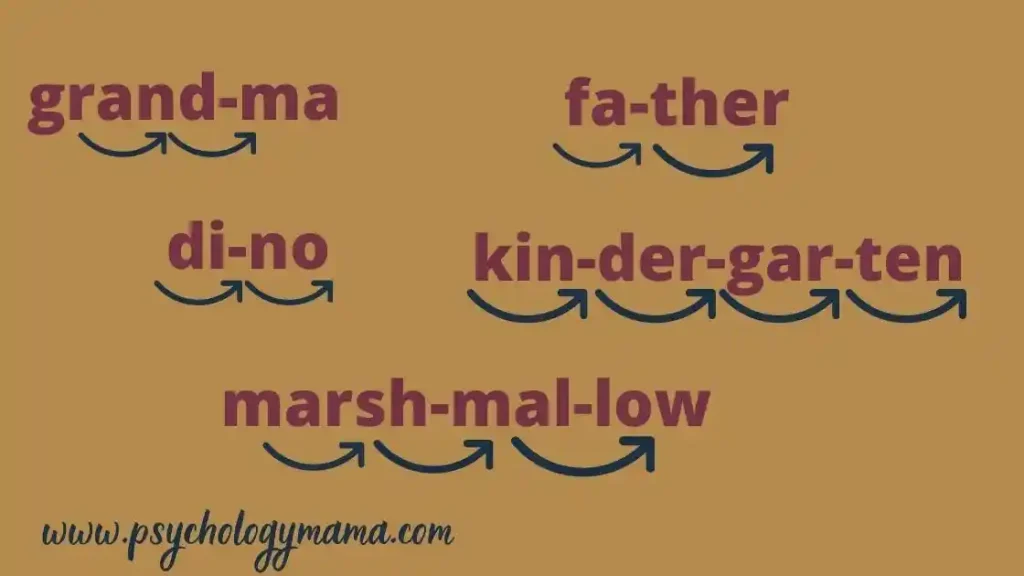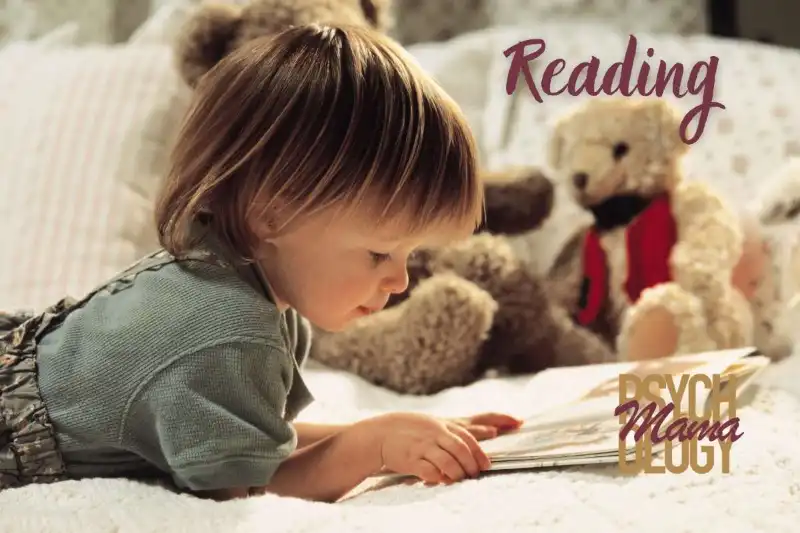Our children need several basic skills to acquire reading skills. The ability to read develops in 3 phases. These phases are letter recognition, word recognition, and reading. Here you can find out what happens in these phases and how you can support your child.
Table of Contents
What reading skills do our children need?
The necessary skills should all be practiced well. Otherwise, there is a risk that our children will be overwhelmed with reading. And when children struggle with something, they don’t like doing it, either.
The most important skill a child needs to progress from speaking to reading is phonological awareness. In other words, the ability to recognize the structure of the spoken sounds and then to use them sensibly.
It’s easier for children if they have more experience gathering in infancy. It is particularly important for parents to talk to their children. Songs and rhymes are perfect for that. In this way, your child recognizes the connection between letters and the associated sounds. Interactive reading, i.e. when they read to parents and point to and discuss the contents of the book, as well as writing attempts or writing exercises with us parents, promote almost all important skills.
The processing speed, as well as the recognition of letters and sounds, are getting better and better. If all sub-areas work well, they become routine and run automatically. This frees up resources in working memory. These capacities are now used to understand what has been read.
The Pisa study shows a slight decline for schoolchildren of USA an GB. Both are generally in a good middle field, slightly above average. Of course, that says little for the individual student. Rather, for our school system as a whole.
Stages of learning to read
We assume that when we read, we access a kind of mental lexicon. The words we know are stored in this as a whole. But it will also decode words there, letter by letter. We call this phonological recoding. This essentially happens in three overlapping phases.
Recognize and distinguish letters
In this phase, it is important to get to know the letters and distinguish them. Now our children start to string the letters together. This phase is also called the low integration alphabetic phase.
Recognize combinations of letters and words
Almost at the same time, the ability to recognize words faster and faster develops. First, individual parts of words, frequent combinations of letters, and finally whole words are stored in the mental lexicon. This makes it easier for our children to recognize and read them. The reading errors will decrease, and the reading speed will gradually increase. This is called the alphabetic phase with partial integration.
Meaningful reading
In the third phase, reading is already automatic. Once a child has reached this phase, it learns by itself through experience, i.e. through reading, but also speaking and writing. Even without your intervention.
Good and bad readers differ mainly in their reading speed and less in reading errors, as was found in the Vienna Longitudinal Study on Reading Development. The alphabetic phase with full integration has been reached.
The two methods of learning to read
There are two methods of learning to read. These are the whole word method and the analytical method.
The Whole Word Method: Reading should be taught like language learning. The children should be presented with the entire text from the beginning. Entire fairy tales or stories, that’s the only way they can understand that texts or writing has a communicative function. This should trigger the motivation in our children to acquire all the necessary skills for reading and to practice them sufficiently.
The aim of the analytical method is that our children should first get to know all the sounds in speech (phonemes) and their functions. Then these sounds are written, and only at the time the children can do that, stories or other texts can be expected of them.
How can I help my child learn to read?
In fact, numerous studies have shown that these two methods complement each other well and that it is beneficial for children to use both. So in preschool and at the beginning of elementary school, reading should begin with working on the phonemes. Learning to read and write should be accommodated as much as possible in all areas of everyday life. And of course in all subjects at school.
The reading exercises should always be done without pressure and should be well guided and supported by parents or teachers. Best of all, of course, with different methods. You can also let your child draw in the sand or write the name on a tray with cream, with finger paints on the window, or with food coloring in the snow.
Of course, you can also prescribe something and your child will read it. A letter rally with notes on trees or with paint in the snow is fun for almost everyone. Anything you can think of that is fun for your kids is allowed. This encourages motivation to write and read.
Learning to read exercises
Classify words and syllables
Speak individual words or write them out. Let your children draw syllable arches. You can also draw a small picture and have your child speak the word and draw the slurs underneath.
You can also clap syllables with your child or step syllables (i.e. take one step per syllable).

Rhymes
Rhymes come in all forms. These can be done as finger play for young children. After preschool age, you can also try letting the children invent their own rhymes. Either you give a word and your child should find a word that rhymes or you give a whole sentence. So: Rose – nose or “That’s a mouse – it’s sitting in the small …” for example.
Initial sound analyses
Provide your child with simple words or pictures. Ask whether the words sound the same at the beginning or not. It’s even easier if you ask your child, “Does banana start with O?” The next difficult level would be to compare words, “Do hands and house sound the same at the beginning?”
Of course, this also works with letters in the middle or at the end of the word.
Or your child can choose a letter. Take a ball and shoot this back and forth. Whoever has the ball, has to say a word that starts with that letter.
Avoid asking about inaudible sounds, such as words ending with an e (), words with a silent h (hours), or words with hard-to-hear letters in everyday language (thoughts).
More learn to read exercise options
Further information on phonological awareness can be found on the homepage of the Victoria state government.
Of course, there are also a number of materials that you can use for this, initial sound tables, and memories, but for the first time books are also very practical and usually fun for the children. You can also use first reading books with pictures from the age of 4.
Conclusion about learning to read
Go about it in a relaxed manner. Make sure it is comfortable and fun for you and your child. Your commitment will definitely pay off and make your child’s schooling easier.

